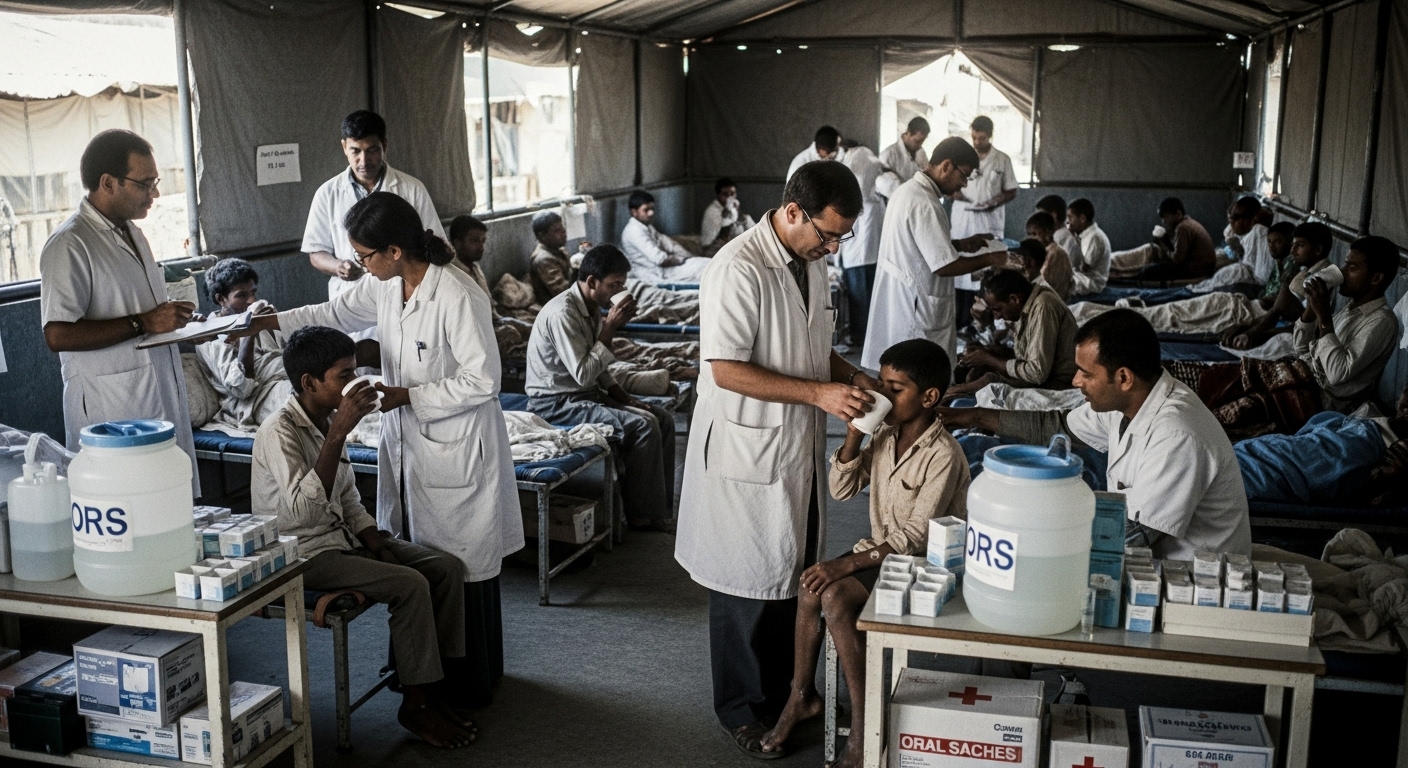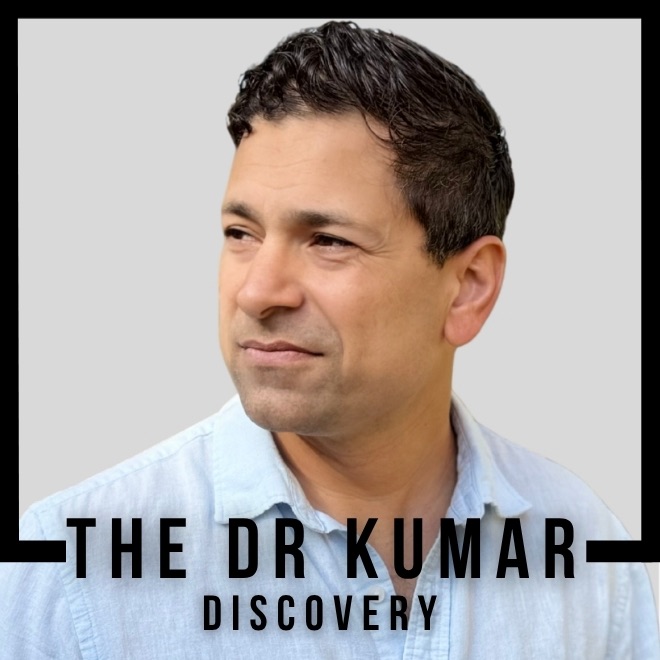Dr. Kumar’s Take:
During the Bangladesh refugee crisis, cholera spread through crowded camps, overwhelming hospitals and supply chains. This WHO-led field trial showed that a simple oral solution, mixed and administered on-site, could save lives at scale. It was one of the first demonstrations that oral rehydration could be deployed under extreme field conditions.
Key Takeaways:
✔ Oral rehydration therapy was effective even in large refugee populations.
✔ Mortality fell dramatically when oral fluids were introduced early.
✔ Local volunteers were trained to mix and deliver the solution safely.
✔ This study proved ORT was scalable, not just clinically effective.
Brief Summary:
- Question: Can oral rehydration therapy manage cholera in large refugee populations without full hospital infrastructure?
- Population: Thousands of refugees in cholera camps in Bangladesh.
- Design: WHO field study using standardized oral rehydration solution.
- Intervention: Oral therapy administered by trained volunteers with backup IV for severe cases.
- Outcome: Reduced mortality and hospitalization rates.
- Follow-up: Observed throughout cholera outbreak duration.
Study Design:
✔ Type: Field implementation study
✔ Measurements: Mortality rate, stool output, IV fluid usage, case fatality
✔ Analysis: Comparison before and after ORT implementation
✔ Setting and timeframe: Bangladesh refugee camps, early 1970s
Results:
- Case fatality dropped from 30% to below 3% after widespread ORT implementation.
- Over 80% of patients recovered with oral therapy alone.
- Hospital load decreased, allowing limited IV supplies to reach critical cases.
- Community training enabled large-scale distribution and mixing of solution on-site.
- No significant electrolyte complications were reported.
How It Works (Biological Rationale):
- SGLT1-mediated sodium glucose cotransport remains active during cholera.
- As sodium is absorbed, water follows, rehydrating the bloodstream.
- The oral solution replaces lost electrolytes and maintains osmotic balance.
- Community-level access ensures rapid replacement before dehydration worsens.
Related Studies and Research
Oral Maintenance Therapy for Cholera in Adults (1968 Lancet) – Pioneering trial that proved oral maintenance was clinically feasible.
Status of ORT in Bangladesh: How Widely Is It Used? – Examines national adoption and long-term public health impact.
Global Burden of Acute Diarrheal Disease – Puts the mortality reduction in global context.
Fifty Years of Oral Rehydration Therapy – Reflects on the legacy of these early efforts.
Podcast: The Simple Drink That Saved Millions: The Story of Oral Rehydration Solution
Frequently Asked Questions:
How did volunteers prepare the solution?
Using locally available salt, glucose, and clean water in a measured ratio, following WHO guidance.
What made this study significant?
It proved ORT could be deployed safely at massive scale, not just in hospital research settings.
Could this model apply to modern outbreaks?
Yes. The same principles guide today’s emergency cholera responses in refugee and disaster zones.
Conclusion:
This WHO field trial turned theory into practice. By proving that ORT could save lives in a chaotic outbreak, it shifted global health policy toward community-level rehydration programs that continue to save millions today.


